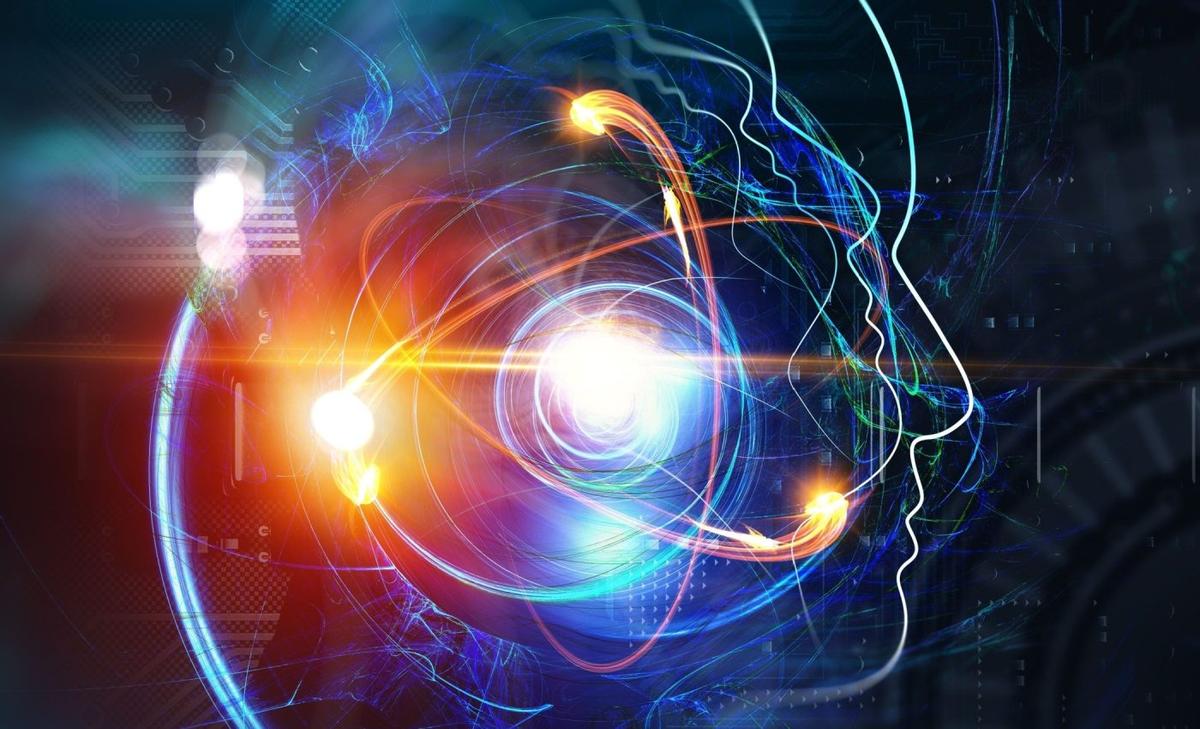In the grand pursuit of scientific progress, time has always been both a companion and an enemy. The complexity of natural phenomena often locks researchers in mathematical mazes that take years sometimes even decades to decode. But now, AI is taking scientific discovery from decades to minutes, creating a seismic shift in the way we understand and explore the world.
The Math That Stalled Science
At the heart of scientific innovation lies mathematics. From modeling the movement of particles in quantum physics to predicting climate behavior over centuries, the math involved is mind bendingly complex. Traditionally, solving such equations has required vast computing power, algorithmic innovations, and months if not years of human labor.
Dr. Li Wen, a theoretical physicist at MIT, recalls, We spent six years trying to simplify a fluid dynamics equation. It felt like chasing a ghost. Then last year, with the help of an AI powered symbolic regression tool, we had a viable solution in 72 hours. This shift isn’t just about speed. It’s about unlocking new knowledge that was previously inaccessible because the tools weren’t fast or powerful enough to reach it.
How AI Accelerates Discovery
AI is revolutionizing science in several key ways,
1. Solving Previously Intractable Equations
AI powered systems like DeepMind’s AlphaTensor and Symbolic AI can solve massive algebraic equations and partial differential equations in seconds. These are the same equations that model climate patterns, simulate the quantum behavior of particles, and predict biochemical reactions.
In a recent case study from the University of Cambridge, researchers used AI to rework complex equations describing black hole thermodynamics. What took us five years to simulate manually was resolved and visualized within 48 hours using neural networks trained on prior models, says Dr. Arjun Mehta, co-lead of the study.
2. Discovering Hidden Patterns in Data
AI excels at pattern recognition something that has been critical in fields like drug discovery. In chemistry, scientists use machine learning models to simulate molecular interactions. This allows them to test thousands of hypothetical compounds in virtual labs before entering the actual laboratory, dramatically shortening the R&D cycle.
Pharmaceutical company Atomwise used AI to predict effective inhibitors for Ebola virus proteins. The discovery process that traditionally takes 2 to 3 years was reduced to under three months another example where AI is taking scientific discovery from decades to minutes.
The Human AI Collaboration
The narrative isn’t about AI replacing scientists. Rather, it’s about empowering them. Dr. Emily Cortez, a climate scientist at NOAA, shares her experience. I used to spend weeks adjusting climate simulation models manually, tweaking variables, checking for errors. Now, with AI assisting in model calibration, I can focus more on the implications of the results than on the math itself. In one breakthrough project, Emily’s team applied AI to simulate Arctic ice melting under various CO₂ emission scenarios. Results that typically took six months were generated in under four days with higher accuracy.
What has changed so dramatically in recent years?
1. Explosion of computing power: The growth of GPUs and cloud computing enables faster AI training and inference.
2. Open source innovation: Platforms like TensorFlow and PyTorch have democratized access to powerful AI tools for researchers worldwide.
3. Better training data: Scientific datasets are more accessible, labeled, and structured, enabling more accurate model training.
Crucially, these shifts intersect at the right time. Climate urgency, medical innovation, and global challenges demand solutions faster than traditional science can deliver. The integration of AI offers not just acceleration but a leap toward possibilities once thought unreachable.
A Paradigm Shift
According to Dr. Yann LeCun, Chief AI Scientist at Meta and a pioneer of deep learning, We’re entering an age where machines don’t just crunch numbers they reason. The implications for science are enormous. LeCun suggests that symbolic AI, which mimics human like reasoning in solving equations, could become the new scientific method’s backbone. And he’s not alone in that belief.
Nobel laureate Dr. Frances Arnold, known for her work in directed enzyme evolution, states, AI doesn’t replace curiosity it amplifies it. What once seemed like blind trial and error now becomes a guided, data driven journey.
A Researcher’s Joy
Dr. Rafael Gómez, a PhD researcher in theoretical chemistry, reflects on the emotional transformation: Science is slow. And that slowness can kill creativity. But now, with AI as my lab partner, I have more time to explore wild ideas, test new theories. It’s brought the joy back into discovery.
His latest publication, exploring unconventional molecular geometries, was generated with AI assistance in just three weeks a task that would have otherwise taken a year.
Challenges and Ethical Considerations
Of course, the journey isn’t without its ethical speed bumps. Concerns include. AI models are only as good as their training sets. Rapid AI generated results must be verifiable by traditional scientific standards. Dependence on AI may discourage foundational understanding of core scientific principles. Still, the benefits seem to outweigh the risks if used responsibly and with oversight.
The Future of Faster Science
AI is not just transforming science it’s redefining the very nature of discovery. From solving impossible equations to mapping climate futures and identifying life saving drugs, AI is taking scientific discovery from decades to minutes, and humanity stands to benefit in ways we’re only beginning to grasp.
The next Newton, Einstein, or Curie may not work alone but with an intelligent machine by their side, accelerating not just their equations, but the evolution of human knowledge itself.

